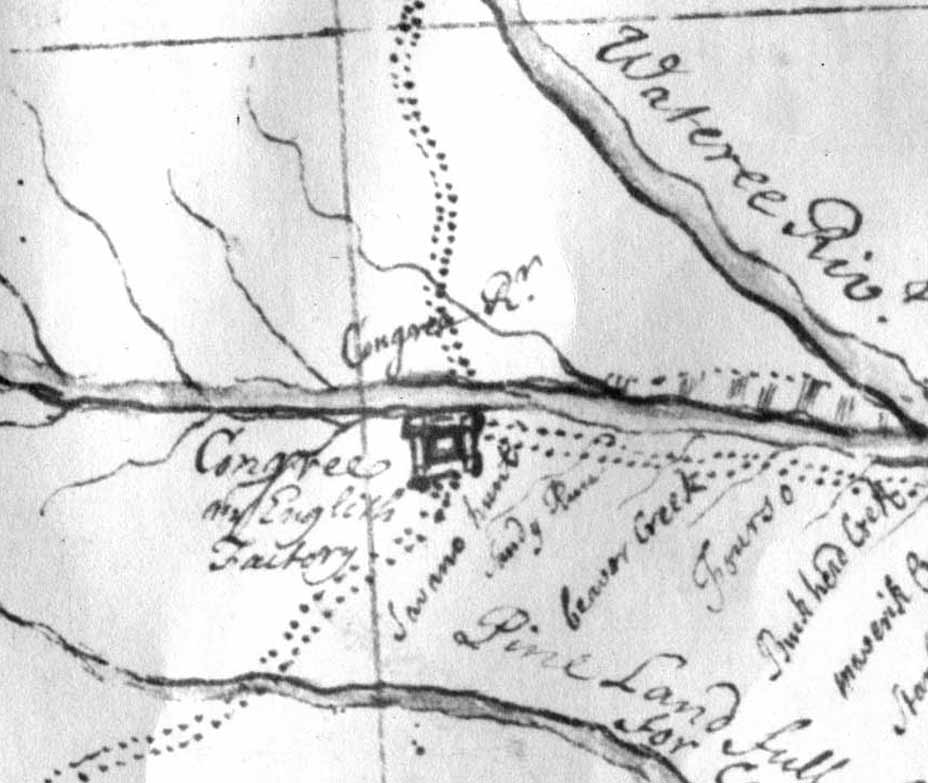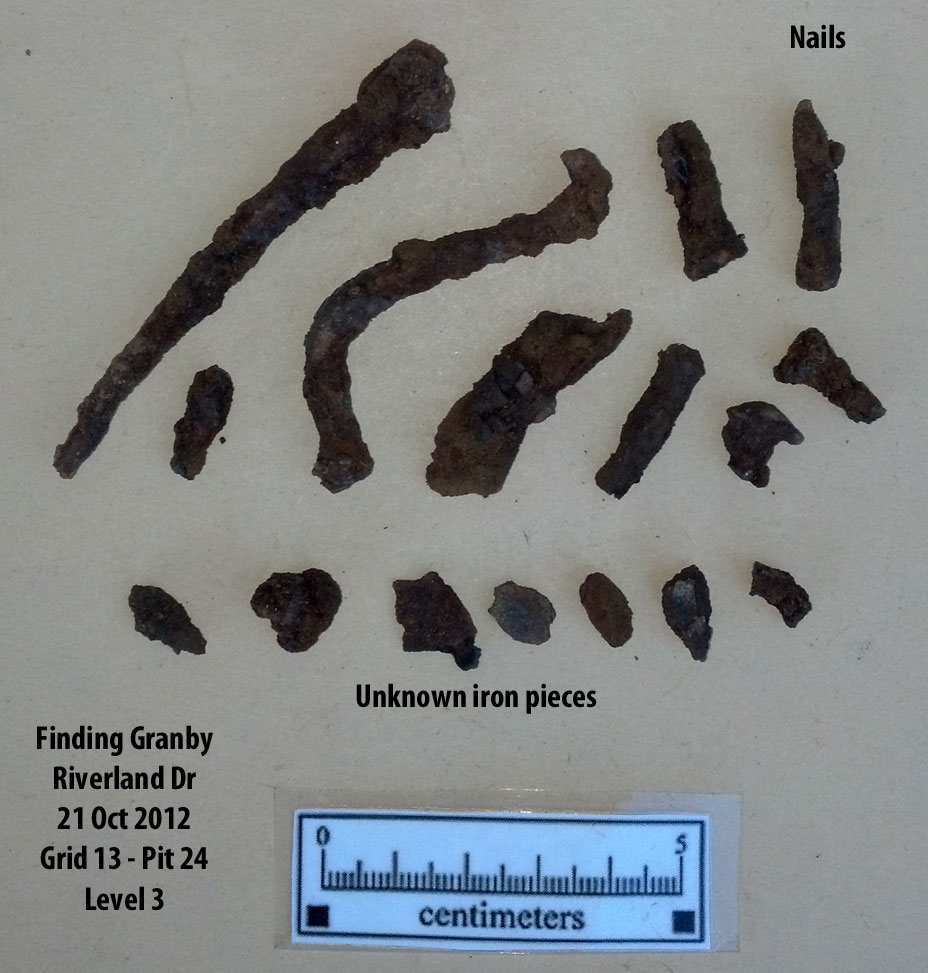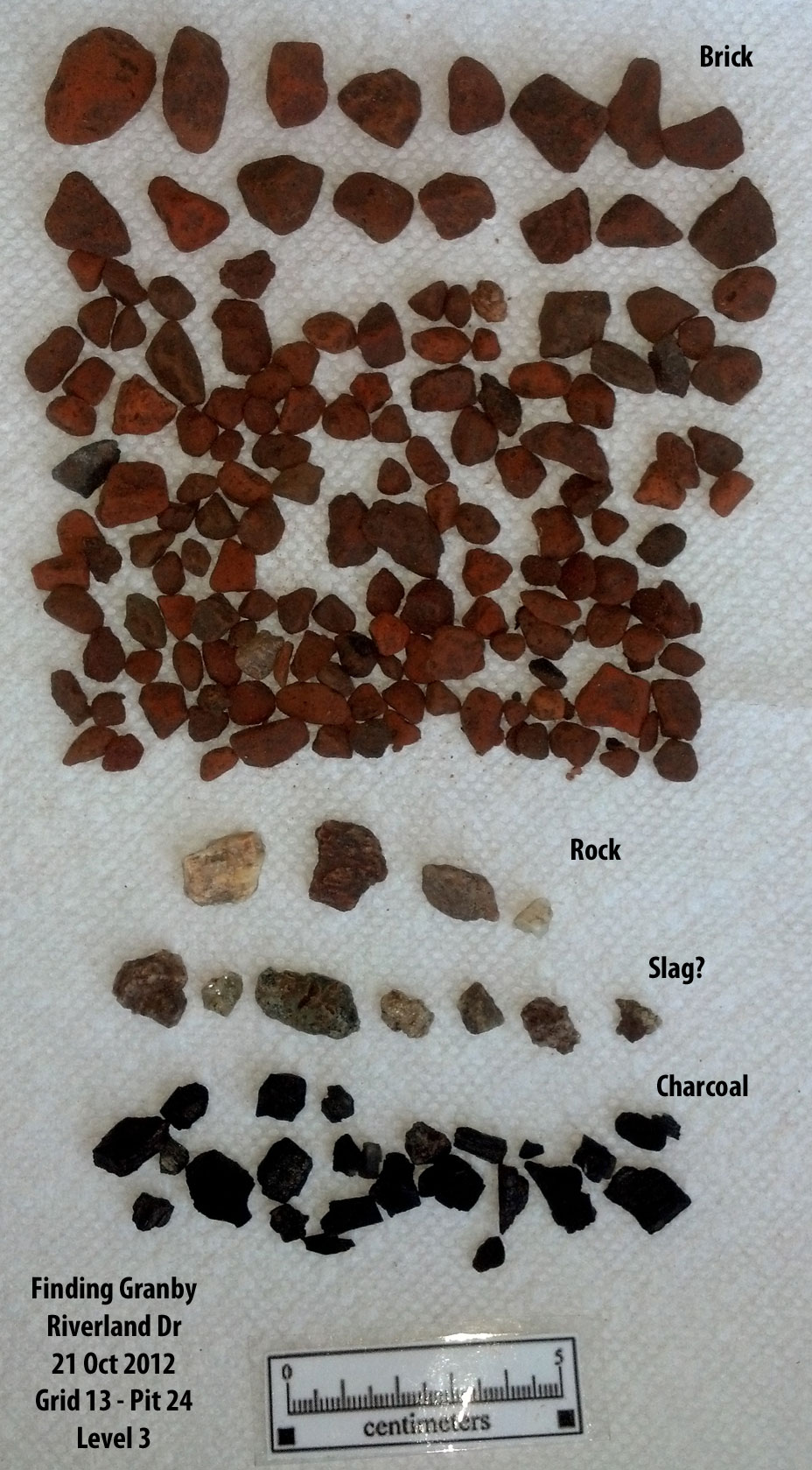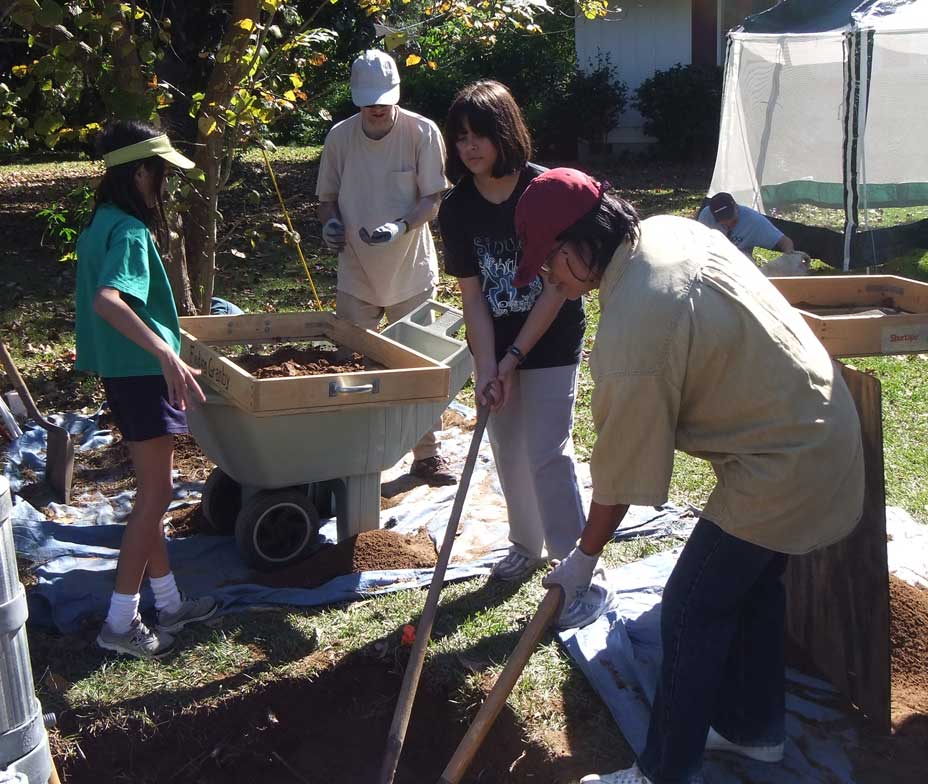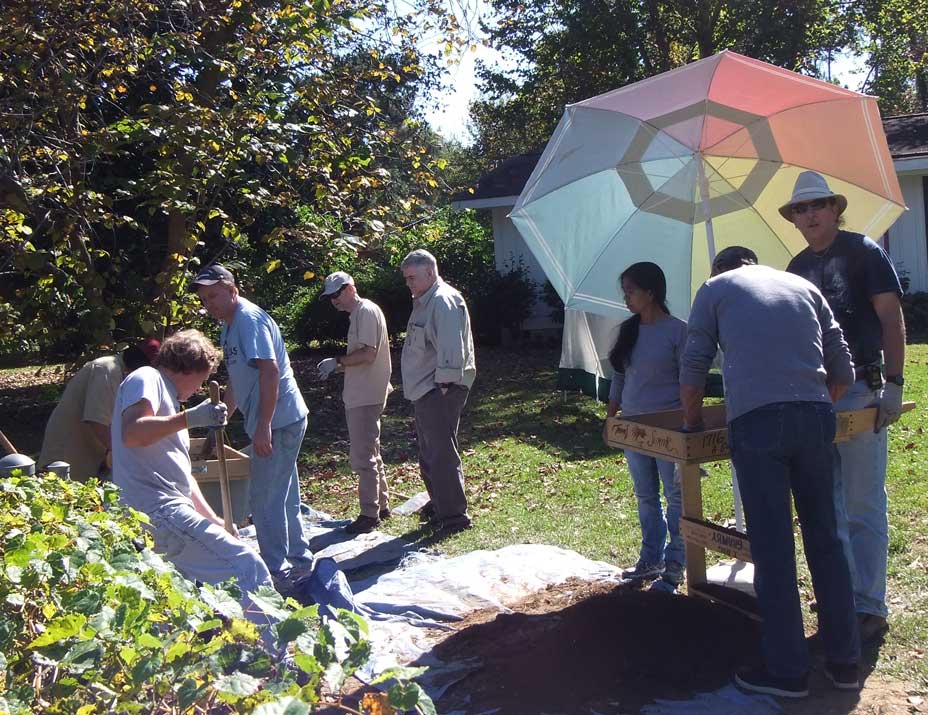Pit 24: Level 3
Completed on October 21, 2012 by DC and Jocelyn Locke, Terry Funderburk, Dean Hunt, Debra Carlsen, Robichaud family members (Andrea, Alma, Clover, David, and Michael), and David and Odess Brinkman. We had been seeing higher artifact counts in level 3 of the last few pits but this pit seems to go back to the norm in that level 3 was good but not quite as good as level 2. The things we found in this level, however, were very significant. An obvious piece of Indian pottery and chert. The biggest find goes to DC who knew he had found an unusual pipe stem. It was not until I cleaned it and measured it to be a 3/32 inch bore hole which dates to 1680-1720. All of the 14 previously found pipe stems (which had measurable bore holes) were dated to 1720 to 1750. It turns out that these imported pipes had decreasing bore hole sizes between 1600 and 1800 at the rate of 1/64" every 30 to 40 years. You can measure these hole sizes by simply inserting drill bits of the sizes 3/64 inch, 2/32 inch, 5/64 inch, 3/32 inch, and 7/64 inch. DC's find means this item may have been traded at the original Congaree trading post which was in operation in 1718. As far as European items go, you can't find anything much older than this in the South Carolina back-country unless you stumble across an artifact from the 1540 De Soto Expedition (which, by the way, is a future project and we have an idea of where to look). The final totals show that pit 24 was another good hole with 55 pieces of pottery, 54 pieces of glass, 21 nails, and 2 pipe stem pieces.
Pit 24: Level 3 produced: 20 pieces of pottery, 27 pieces of glass, 9 nails, and 2 pipe stem pieces.

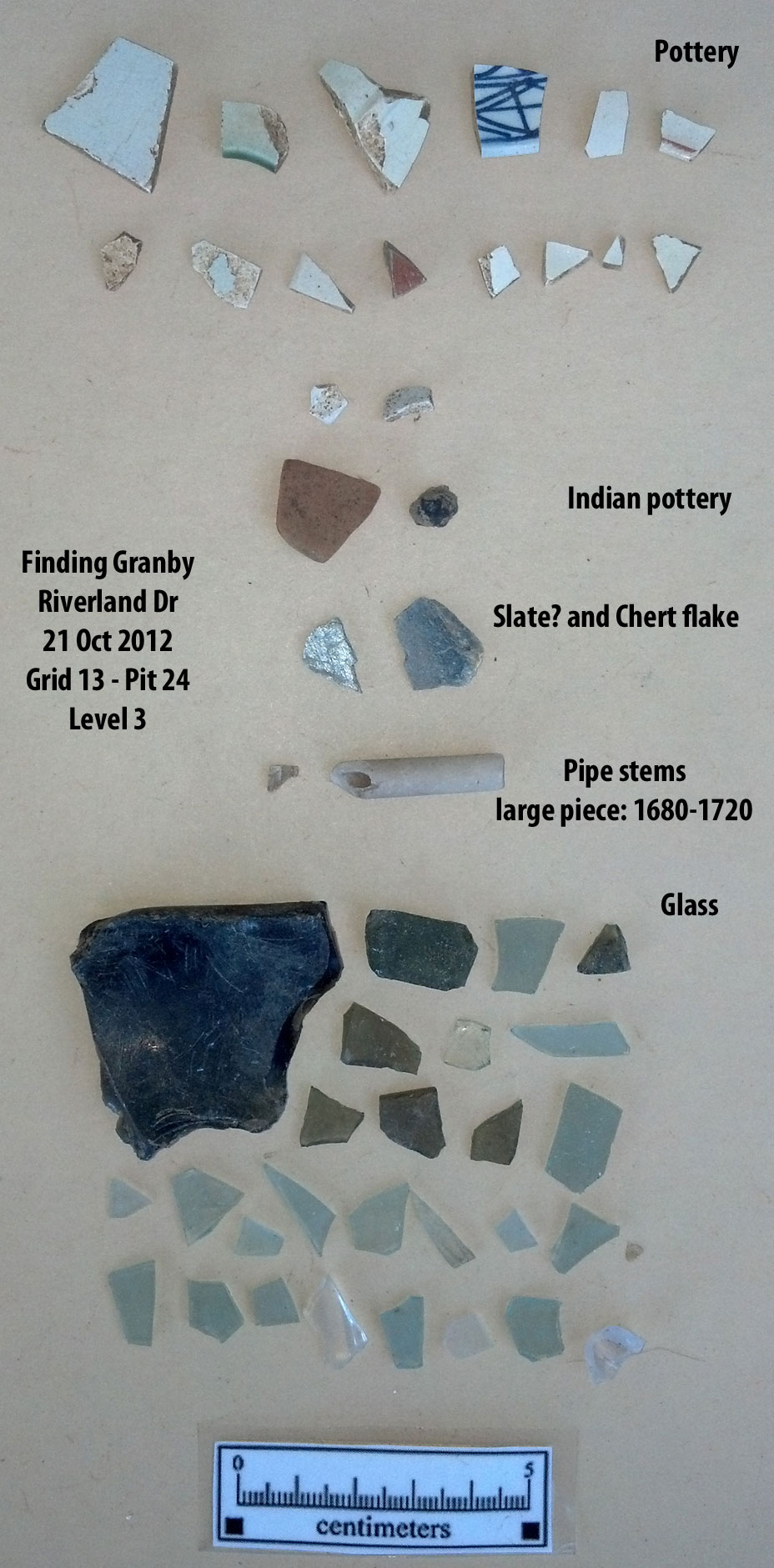
The following image is the 1722 Barnwell map showing maybe the oldest documented structure in the back-country of South Carolina. This is Fort Congaree #1 and the translation of "English Factory" means that this was also the location of a trading post. That may be where the above pipe piece (found by DC) was originally acquired.
